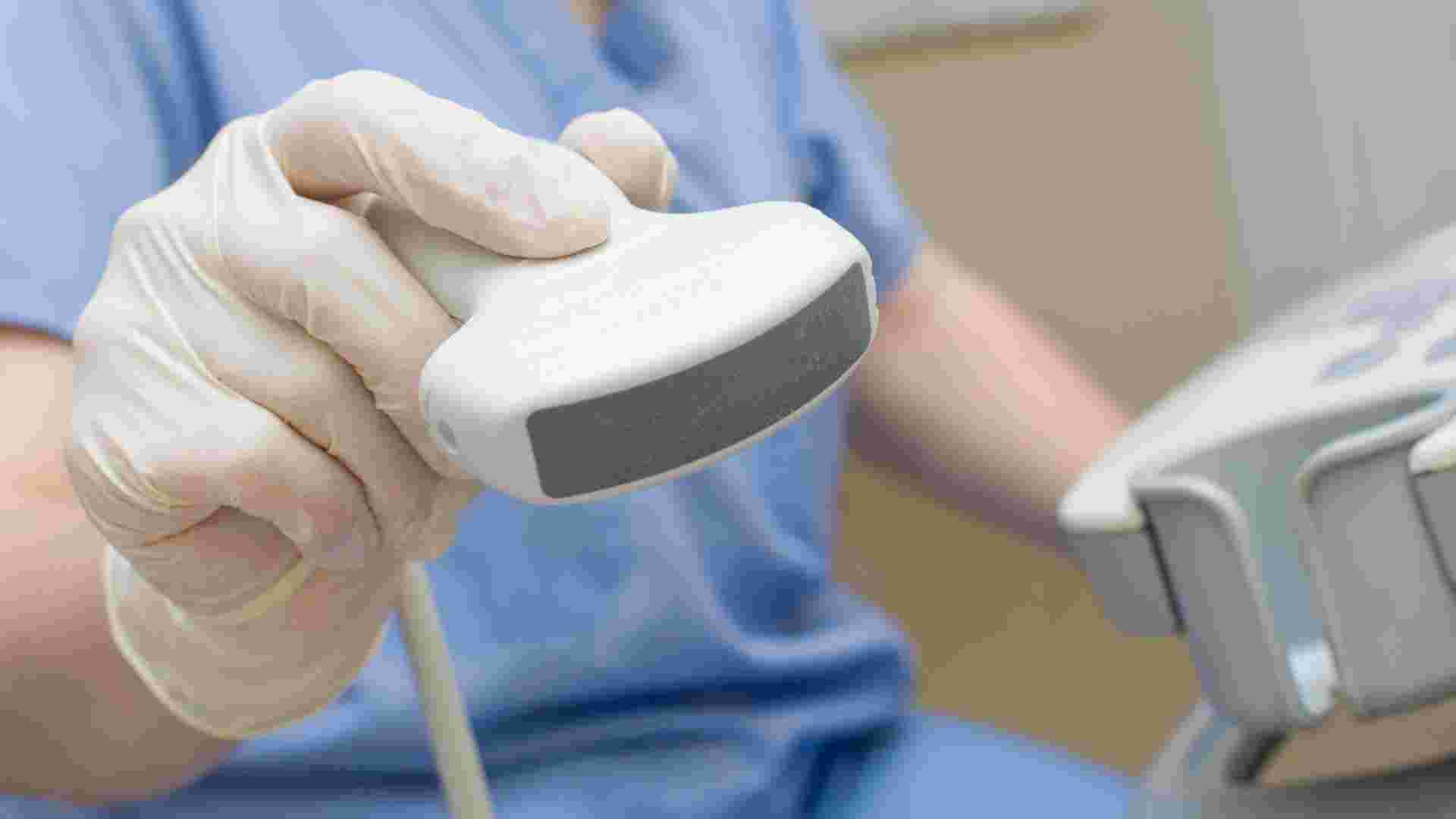![]()
Imports of New Medical Devices into India through Global Cooperation
India, with its rapidly growing healthcare sector, is increasingly reliant on the import of advanced medical devices to meet the developing needs of its population. However, the process of importing new medical devices into India involves navigating a complex regulatory landscape. International collaboration plays a pivotal role in facilitating smoother imports of these devices, fostering innovation, ensuring compliance with standards, and enhancing overall healthcare infrastructure. This blog will explore Facilitating Smoother Imports of New Medical Devices into India through International Collaboration.
1. Harmonisation of Regulatory Standards:
- One of the significant challenges in importing medical devices into India is the diversity of regulatory standards. International collaboration enables the harmonisation of these standards, making it easier for manufacturers to comply with regulations in multiple countries simultaneously. Aligning Indian regulations with global standards not only streamlines the import process but also ensures that medical devices meet the highest quality and safety benchmarks.
- For example, collaboration with regulatory bodies like the U.S. Food & Drug Administration or FDA or the European Medicines Agency (EMA) allows India to adopt best practices and align its regulatory framework with internationally accepted norms. This harmonisation reduces the regulatory burden on manufacturers, expedites approval processes, and enhances the efficiency of importing new medical devices.
2. Knowledge Exchange and Capacity Building:
- International collaboration fosters knowledge exchange and capacity building among regulatory authorities, healthcare professionals, and industry stakeholders. This exchange of expertise contributes to a better understanding of the latest technologies, regulatory requirements, and clinical applications of medical devices.
- Collaborative initiatives such as training programs, workshops, and seminars facilitate the transfer of knowledge between countries. This not only enhances the capabilities of Indian regulatory authorities to assess and approve new medical devices but also empowers healthcare professionals to effectively utilise and integrate these technologies into patient care.
3. Joint Research and Development:
- Collaboration between Indian institutions and international counterparts promotes joint research and development (R&D) initiatives. By pooling resources, expertise, and infrastructure, countries can collectively address common healthcare challenges, accelerate innovation, and develop cutting-edge medical technologies.
- For instance, partnerships between Indian research institutions and global medical device companies can lead to the creation of innovative solutions tailored to the specific healthcare needs of the Indian population. This collaborative approach not only ensures access to state-of-the-art medical devices but also stimulates indigenous R&D capabilities.
4. Mutual Recognition Agreements (MRAs):
- Mutual Recognition Agreements are essential instruments of international collaboration that facilitate the acceptance of conformity assessment results conducted in one country by another. By entering into MRAs, India can recognise the testing and certification processes of other countries, reducing duplication of efforts and expediting the importation of medical devices.
- For example, suppose India and a partner country have an MRA in place. In that case, the regulatory authorities in India can accept the testing and certification conducted by the partner country’s regulatory body. This mutual recognition helps in avoiding redundant testing, saving time and resources for both manufacturers and regulatory agencies.
5. Trade Facilitation and Economic Growth:
- International collaboration in the realm of medical device imports contributes to economic growth by fostering a conducive environment for trade. Bilateral and multilateral agreements between countries can reduce trade barriers, tariffs, and bureaucratic hurdles, facilitating the smooth flow of medical devices across borders.
- A collaborative approach to trade also promotes healthy competition, encourages innovation, and provides consumers with a broader range of choices. As a result, the Indian healthcare system benefits from access to a diverse array of cutting-edge medical technologies that can enhance patient outcomes and contribute to the overall advancement of healthcare services.
6. Establishment of Centers of Excellence:
- International collaboration enables the establishment of Centers of Excellence (CoEs) that serve as hubs for research, training, and innovation in the field of medical devices. These centres bring together experts from different countries to collaborate on projects, share resources, and create a conducive ecosystem for the development and adoption of new technologies.
- By participating in and supporting CoEs, India can tap into global expertise, leverage shared resources, and stay at the forefront of developments in medical device technology. This collaborative model enhances the efficiency of importing new medical devices by ensuring that the regulatory framework, healthcare infrastructure, and professional expertise are aligned with international standards.
Conclusion: Imports of New Medical Devices into India through International Collaboration
In conclusion, international collaboration plays a crucial role in facilitating smoother imports of new medical devices into India. Through harmonisation of regulatory standards, knowledge exchange, joint research and development, mutual recognition agreements, trade facilitation, and the establishment of Centers of Excellence, countries can collectively address the challenges associated with importing and integrating innovative medical technologies. This collaborative approach not only benefits manufacturers and regulatory authorities but also contributes to the overall improvement of healthcare services, fostering a healthier and more technologically advanced future for India.





